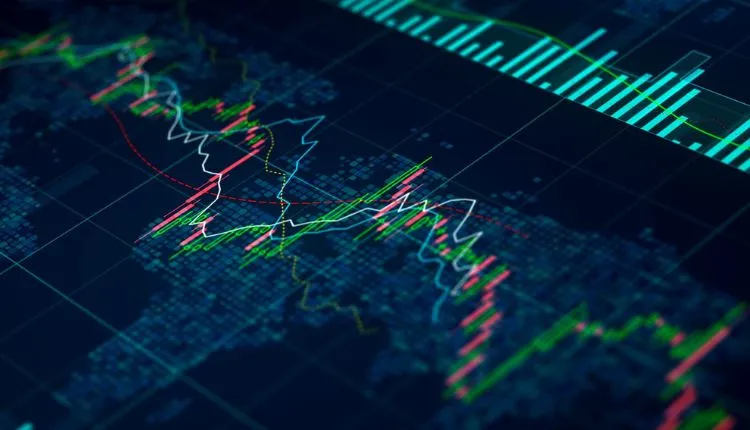
Index Trading Explained: How to Trade Indices.
Index trading is one of the most popular trading strategies in the financial markets. It involves trading on the performance of a group of stocks or other financial assets. This group of assets is known as an index, and it represents the overall performance of a particular market or sector. In this article, you will explore the basics of indices trading and how to trade indices effectively.
What Is an Index?
An index is a basket of securities grouped based on a particular criterion. This criterion could be anything from the industry sector, market capitalisation, geography, or any other relevant factor. The purpose of creating an index is to provide a benchmark for the overall performance of a particular market or sector. The most widely traded indices include the S&P 500, NASDAQ, Dow Jones Industrial Average, FTSE 100, and Nikkei 225.
How Do Index Prices Work?
The price of an index is calculated by taking the weighted average of the prices of its component securities. The weight assigned to each security is based on its market capitalisation or another relevant factor. For example, the S&P 500 is weighted by market capitalisation, which means that the larger companies in the index have a more significant impact on its price than the smaller ones.
Factors That Influence Index Prices
Index prices are influenced by various factors, including economic indicators, company earnings reports, government policies, and geopolitical events. For example, if the unemployment rate is lower than expected, it may cause the stock market to rally, which will cause the relevant index to increase in value. Similarly, if a company releases better-than-expected earnings, it will likely cause its stock price to rise, which will also impact the index it is a part of.
How to Trade Indices
Indices trading involves buying or selling contracts that track the performance of the underlying index. There are two main ways to trade indices: through futures contracts or exchange-traded funds (ETFs).
Futures Contracts
A futures contract is an agreement to buy or sell an asset at a predetermined price and date in the future. In the case of index futures, the asset being traded is the underlying index. Institutional investors and professional traders typically use futures contracts to hedge their positions or speculate on the market’s direction.
Trading index futures requires a high level of expertise and understanding of the markets. Futures contracts are highly leveraged, which means that a small movement in the underlying index can significantly impact the contract’s value. As such, traders need to be aware of the risks involved and have a solid risk management strategy.
Exchange-Traded Funds
An exchange-traded fund (ETF) is a kind of asset fund that is traded on stock exchanges. ETFs are designed to track the performance of a particular index, sector, or asset class. They are a popular choice for retail investors who want to gain exposure to a particular market or sector without investing in individual stocks.
Trading ETFs is relatively straightforward and accessible to most investors. ETFs can be bought and sold like individual stocks, offering diversification and liquidity. However, it is important to note that not all ETFs are created equal, and investors should do their due diligence before investing in any particular ETF.
Tips for Trading Indices
- Keep an eye on economic indicators and market news: As mentioned earlier, index prices are influenced by various factors, including economic indicators and market news. Staying updated with the latest news and trends can help you make informed trading decisions.
- Use technical analysis: Technical analysis involves studying past market data to identify trends and patterns. This can be useful for predicting future price movements and identifying potential entry and exit points.
- Have a solid risk management strategy: Trading indices can be risky, so it is essential to have a solid risk management strategy. This could involve setting stop-loss orders to limit potential losses, diversifying your portfolio, and not investing more than you can afford to lose.
- Consider using leverage with caution: Trading on margin or using leverage can amplify potential gains but also amplify potential losses. Be sure to understand the risks involved and use leverage with caution.
- Have a long-term view: Index trading can be a profitable long-term strategy but requires patience and discipline. Avoid making impulsive trades based on short-term market fluctuations and focus on the market’s overall trend.
Index trading is a popular and accessible way to gain exposure to a particular market or sector. Whether you choose to trade index futures or ETFs, it is important to have a solid understanding of the markets and a sound trading strategy. By keeping up to date with economic indicators, using technical analysis, and having a solid risk management strategy, you can increase your chances of success when trading indices. Remember to approach index trading with a long-term view and avoid making impulsive trades based on short-term fluctuations.




